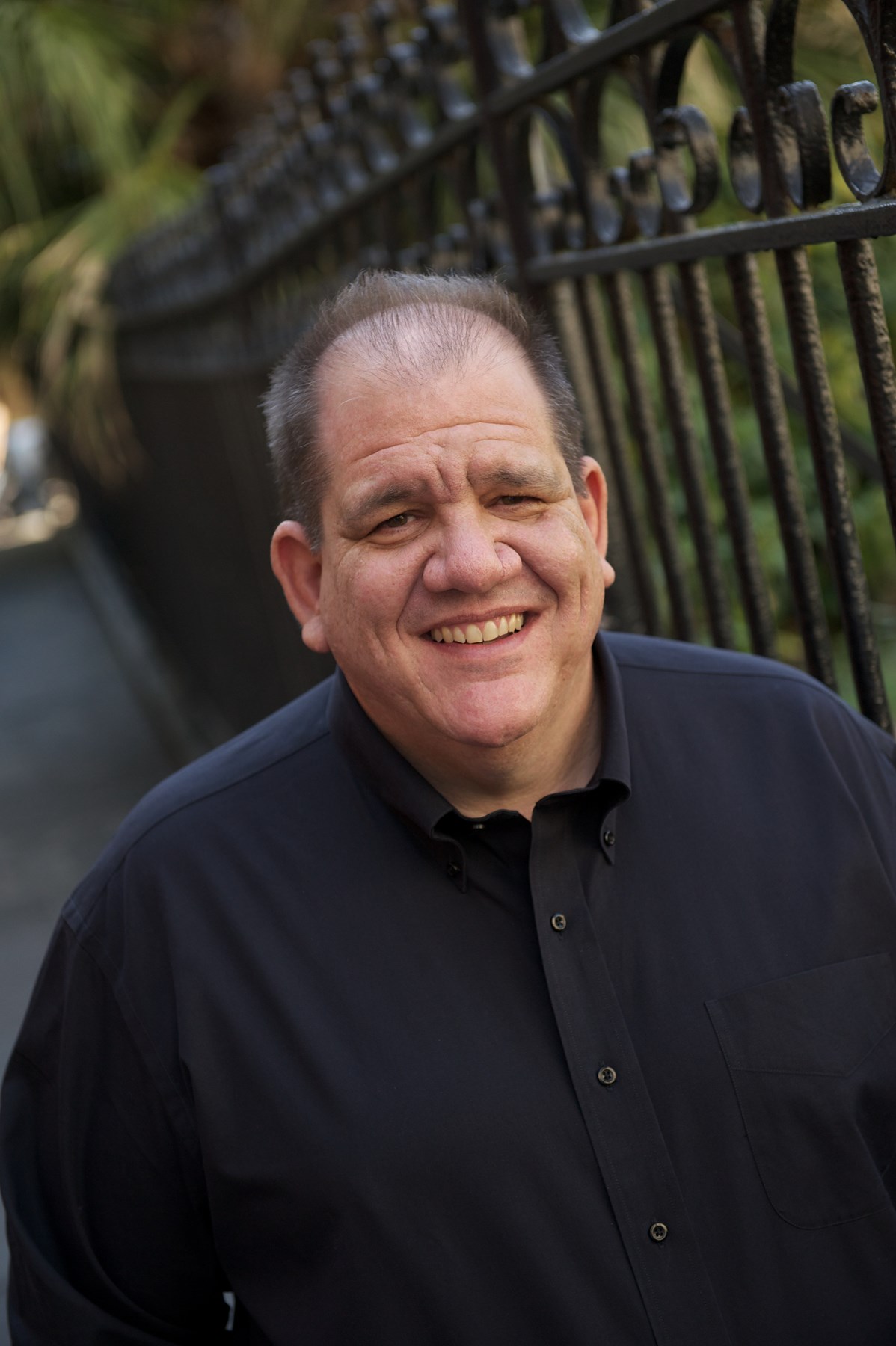

It is the o ldest Chinese temple in Singapore and is d edicated to Mazu, the Goddess of the Sea that people would pray to before leaving for voyages at sea. One of the iconic temples there was the Thian Hock Keng temple – Temple of Heavenly Happiness, which I happened to step into randomly (had no idea about it before reading Kreta Ayer). This giant mural near Maxwell Food Center was made by ACS students and is one of the most popular murals at Chinatown! Samsui women, for example, “could be found in construction sites, digging ditches, scooping sand and cement, and carrying stones and bricks.” They also had a hair combing ritual called the Golden Orchid Pledge which they swore celibacy by. Areas used to have a more morbid past such as Sago Lane having death houses and opium dens while Keong Saik road was basically a red-light district with many brothels where pipa women would work to entertain men. M any immigrants that came here toiled hard and worked tough jobs.Īfter reading a book called Kreta Ayer I borrowed from the library, I learned a lot more about the lifestyle back then. There are bronze sculptures littered around Chinatown of its inhabitants in the past such as Rickshaw Pullers, Samsui Women and Coolies that came from China to Singapore in hopes of better job opportunities. They could be first, second or late transitional, or art deco style shop houses from the colonial times that are really iconic to the venue. There are different styles, as one can tell from the window decoration.

It would literally be impossible to miss these shophouse style architecture around Chinatown. This gives us insight into how Singapore used to be a not-so-well off place, compared to now. Kreta Ayer is named after the water carts that were pulled around in the past because accessible water was usually far from homes. The sites with more tourists and things to see are the Kreta Ayer and Telok Ayer region, where you can find all the souvenir stores and temples!

The general Chinatown area is actually split into 4 major areas, Kreta Ayer, Telok Ayer, Bukit Pasoh and Tanjong Pagar. The slides below are a compilation of the primary and secondary research that I have done at the site:Ĭhinatown was made into a social enclave for the ethnic Chinese immigrants in 1822 when Sir Stamford Raffles first founded Singapore. So I thought that this would be the perfect chance to get to have a nice adventure around the area on my own! || For my Zine: Locale project, I decided to pick the area of Chinatown since I’ve never really thoroughly explored the area before despite having been there on a few occasions during Chinese New Year.


 0 kommentar(er)
0 kommentar(er)
